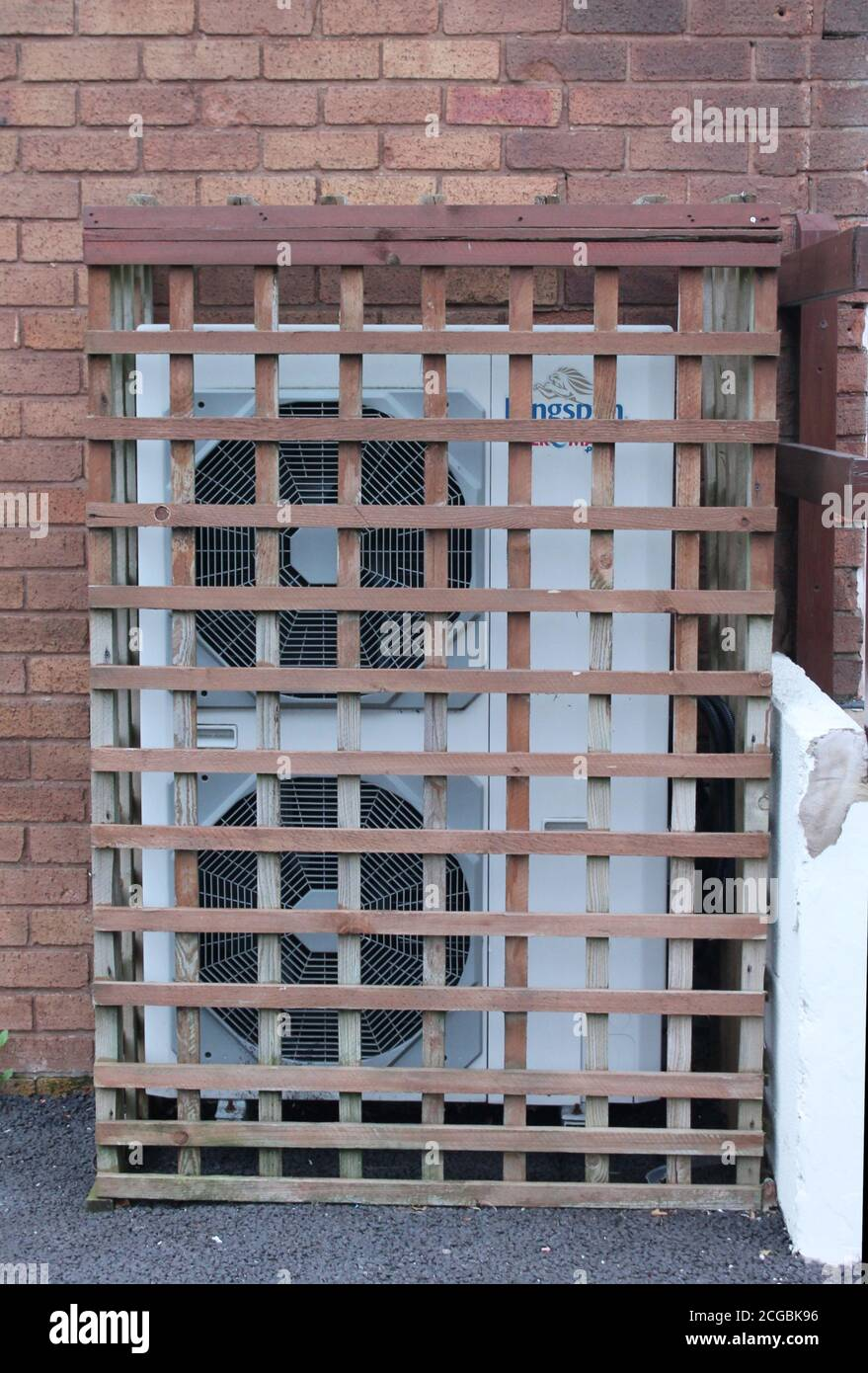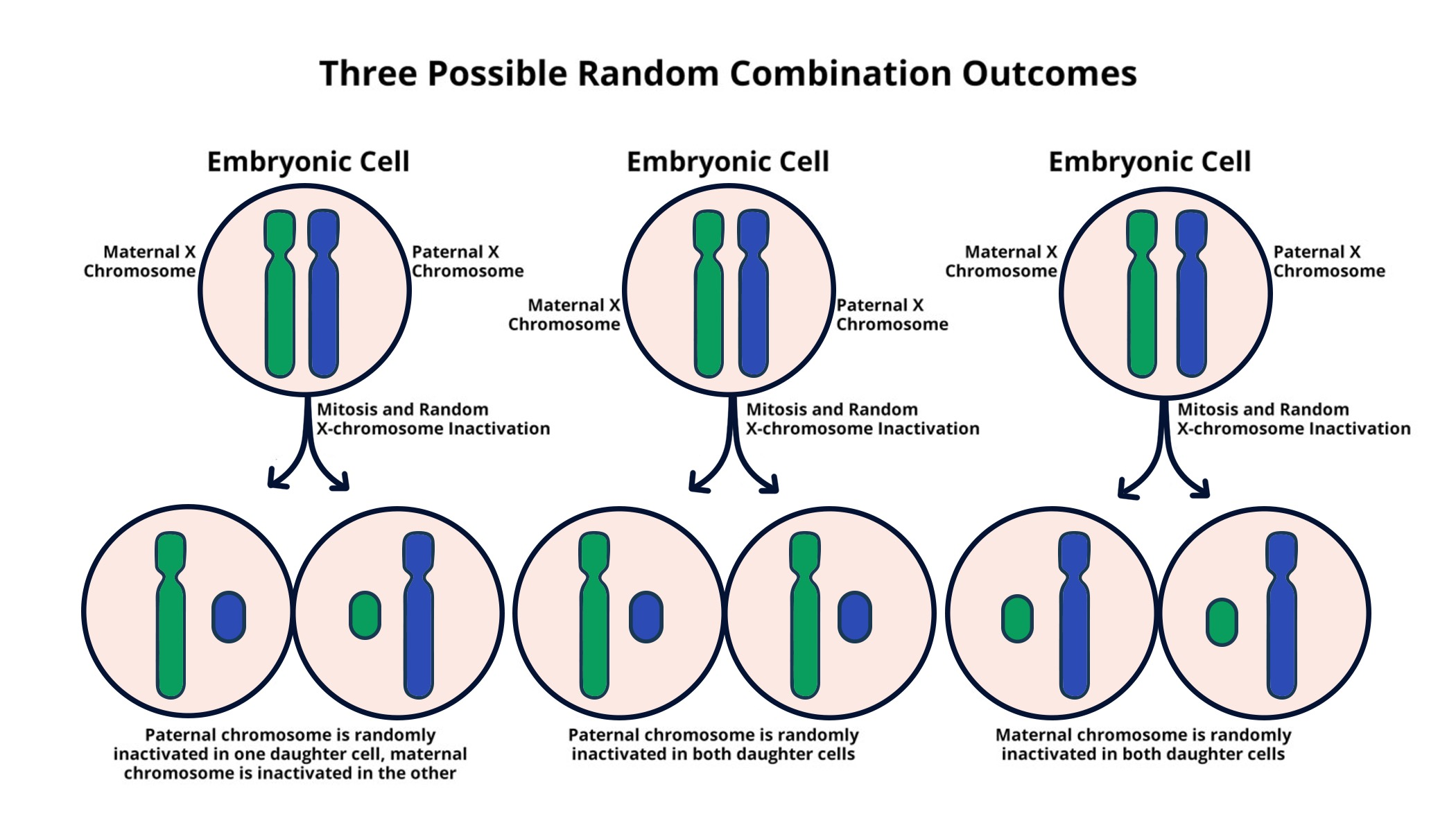
Trellis Air Cooling Technology: A Climate Change Solution
Trellis Air cooling technology is revolutionizing the way we think about air conditioning and its impact on the environment. With global demand for energy-efficient cooling solutions skyrocketing amidst climate change, this innovative system emerges as a significant climate change solution. Developed by a Harvard startup, Trellis Air employs a unique membrane technology that works much like a coffee filter, enabling more efficient dehumidification and cooling processes. This advancement not only reduces the energy consumption associated with traditional air conditioning technology but also addresses the pressing need for sustainable dehumidification systems. Optimizing air conditioning technology for the future, Trellis Air stands out as a beacon of hope for reducing greenhouse gas emissions and paving the way toward a greener planet.
Innovative air cooling technology, such as Trellis Air, is paving the way for a more sustainable future as demand for efficient thermal management escalates. As buildings increasingly require effective climate control, the pursuit of energy-efficient systems becomes critical to mitigating environmental impacts. Harvard’s breakthrough in membrane-based cooling signifies a new approach to dehumidification that could redefine how we cool our indoor environments. This cutting-edge solution promises to significantly lower energy use while maintaining comfort, marking a pivotal move in the evolution of HVAC systems. The development of such advanced technologies is essential in addressing the challenges posed by climate change and ensuring a more sustainable approach to indoor air quality.
Trellis Air Cooling Technology: A Game Changer in Energy Efficiency
Trellis Air cooling technology stands at the forefront of innovation in energy-efficient cooling solutions as it addresses the escalating demand for cooling systems worldwide. This novel approach redefines how air is dehumidified and cooled, functioning similarly to a coffee filter to separate moisture from the air without the energy-intensive processes typical of traditional air conditioners. Unlike standard cooling systems that rely heavily on harmful refrigerants, Trellis Air’s technology utilizes a unique membrane to efficiently extract water vapor from the air, leading to significant energy savings while also reducing greenhouse gas emissions.
The implications of Trellis Air’s technology are monumental as climate change continues to amplify the urgency of finding sustainable alternatives. By fundamentally shifting the paradigm of air conditioning technology, this innovation not only enhances energy efficiency but also directly contributes to mitigating climate change. The system promises to lower energy consumption by up to 50% compared to conventional air conditioning units, positioning it as a viable solution in the larger conversation around dehumidification systems and their role in reducing our carbon footprint.
Frequently Asked Questions
What is Trellis Air cooling technology and how does it work?
Trellis Air cooling technology is an innovative approach to energy-efficient cooling developed by a Harvard startup. It utilizes a unique membrane system that functions similarly to a coffee filter, effectively separating water vapor from air without the excessive energy consumption typical of traditional air conditioning systems. This technology drastically improves dehumidification, reducing energy use and greenhouse gas emissions associated with cooling buildings.
How does Trellis Air contribute to reducing greenhouse gas emissions?
Trellis Air significantly reduces greenhouse gas emissions by providing an energy-efficient cooling solution that operates with less energy compared to conventional air conditioning technology. By utilizing a membrane that pulls moisture from the air directly, it minimizes the reliance on refrigerants, which have a high global warming potential, thus addressing climate change solutions in the context of rising global cooling demands.
What are the benefits of using Trellis Air dehumidification systems?
The benefits of using Trellis Air dehumidification systems include enhanced energy efficiency, reduced operational costs, and lower environmental impact. By improving the way moisture is removed from the air, these systems ensure cooler air is delivered with minimal energy expenditure, making them ideal for both industrial applications and residential settings.
How can Trellis Air technology help in combating climate change?
Trellis Air technology can help combat climate change by lowering energy consumption in air conditioning systems, which currently contribute significantly to global greenhouse gas emissions. By providing an innovative dehumidification method, it meets the increasing demand for cooling solutions while promoting sustainable practices and reducing carbon footprints.
Is Trellis Air’s cooling technology scalable for larger applications?
Yes, Trellis Air’s cooling technology is designed to be scalable. The company aims to integrate its membrane system into various settings, from industrial processes needing dry air to residential and commercial air conditioning units. This versatility positions Trellis Air to meet extensive market needs while promoting energy-efficient cooling options.
What makes Trellis Air a groundbreaking innovation in air conditioning technology?
Trellis Air is considered groundbreaking because it challenges the conventional air conditioning technology that has remained relatively stagnant for over a century. By introducing a membrane-based system for efficient dehumidification, it showcases a novel integration of scientific research and engineering design, paving the way for a new era of energy-efficient cooling solutions.
How does Trellis Air compare to traditional air conditioning systems in terms of energy use?
Compared to traditional air conditioning systems, Trellis Air is significantly more energy-efficient. While standard systems consume substantial energy to cool and dehumidify air, Trellis Air’s innovative membrane technology reduces the overall energy demand, thereby lowering utility costs and minimizing environmental impact without sacrificing cooling performance.
What is the role of Harvard University in the development of Trellis Air technology?
Harvard University played a pivotal role in the development of Trellis Air technology through collaborative research involving scientists and engineers. The university’s Office of Technology Development supported the transition from laboratory innovation to commercialization, facilitating the licensing of the technology to Trellis Air for further development and market application.
Can Trellis Air technology be integrated with existing HVAC systems?
Yes, Trellis Air technology can be integrated as a ‘pre-drying module’ within existing HVAC systems. This integration enhances the efficiency of conventional air conditioners by optimizing the dehumidification process, allowing for reduced energy consumption while maintaining effective cooling in various environments.
What future applications can Trellis Air technology potentially have?
Future applications of Trellis Air technology include replacing traditional dehumidification systems in industrial settings, providing residential cooling solutions with lower energy use, and offering innovative air conditioning options for commercial buildings. As the technology scales, it could significantly impact energy consumption and emissions in the global cooling market.
| Key Points |
|---|
| Researcher Peteris Lazovskis works with Trellis Air membranes, developed at Harvard, to create an innovative air cooling technology. |
| The technology aims to significantly reduce energy consumption from conventional air conditioning systems that are responsible for about 4% of global greenhouse gas emissions. |
| Trellis Air uses a unique membrane system that operates like a coffee filter, separating water vapor from air more efficiently than traditional systems. |
| Air conditioning demand is expected to rise by up to 40% by 2030 due to rising global temperatures, necessitating sustainable cooling solutions. |
| The startup aims to create a ‘pre-drying module’ to be integrated with existing air conditioners, improving their efficiency and reducing energy use. |
| Trellis Air’s CEO, Russ Wilcox, highlights the significant market opportunity for their technology in efficient cooling systems. |
| The technology has been tested in diverse climates to validate its efficiency in real-world conditions, enhancing confidence in its commercialization. |
Summary
Trellis Air cooling technology presents an innovative solution to the growing problem of energy consumption in air conditioning systems. By developing a membrane-based method to efficiently dehumidify air, Trellis Air aims to drastically reduce the energy demands associated with traditional cooling methods that contribute significantly to global greenhouse gas emissions. With the world facing unprecedented heating and increased air conditioning demand, the adoption of such advanced technologies is critical for a sustainable future.


